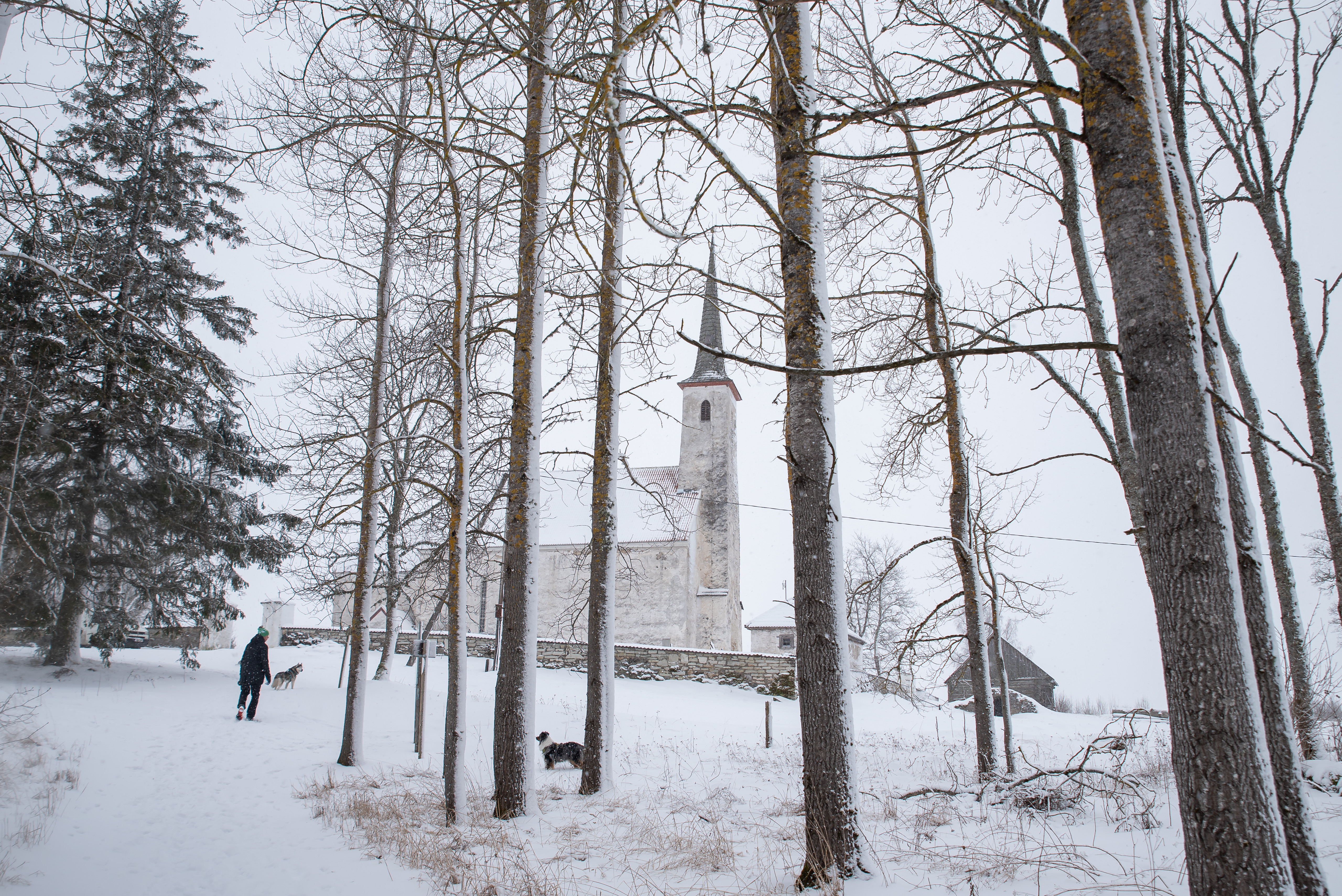Use this useful information on transportation, weather, safety, holidays, and more to take the stress out of preparing for your trip.
Source: Visit Estonia
Travel here & around
By taking advantage of Estonia’s well-developed roadways and timely train and bus connections, you can anywhere you want to go.
Travel around Estonia
Travel to Estonia
Tips for sustainable travel in Estonia
How to get around Estonia
Take your preferred form of transport and explore even the most remote corners of the country.
Where to stay
When visiting Estonia, there are accommodations for every type of traveler, from luxurious hotels in the middle of the action to one-of-a-kind cabins deep in the forest. Whether your destination is Tallinn, Tartu, or Tõrva, you will be able to find a place to stay that is both comfortable and peaceful.
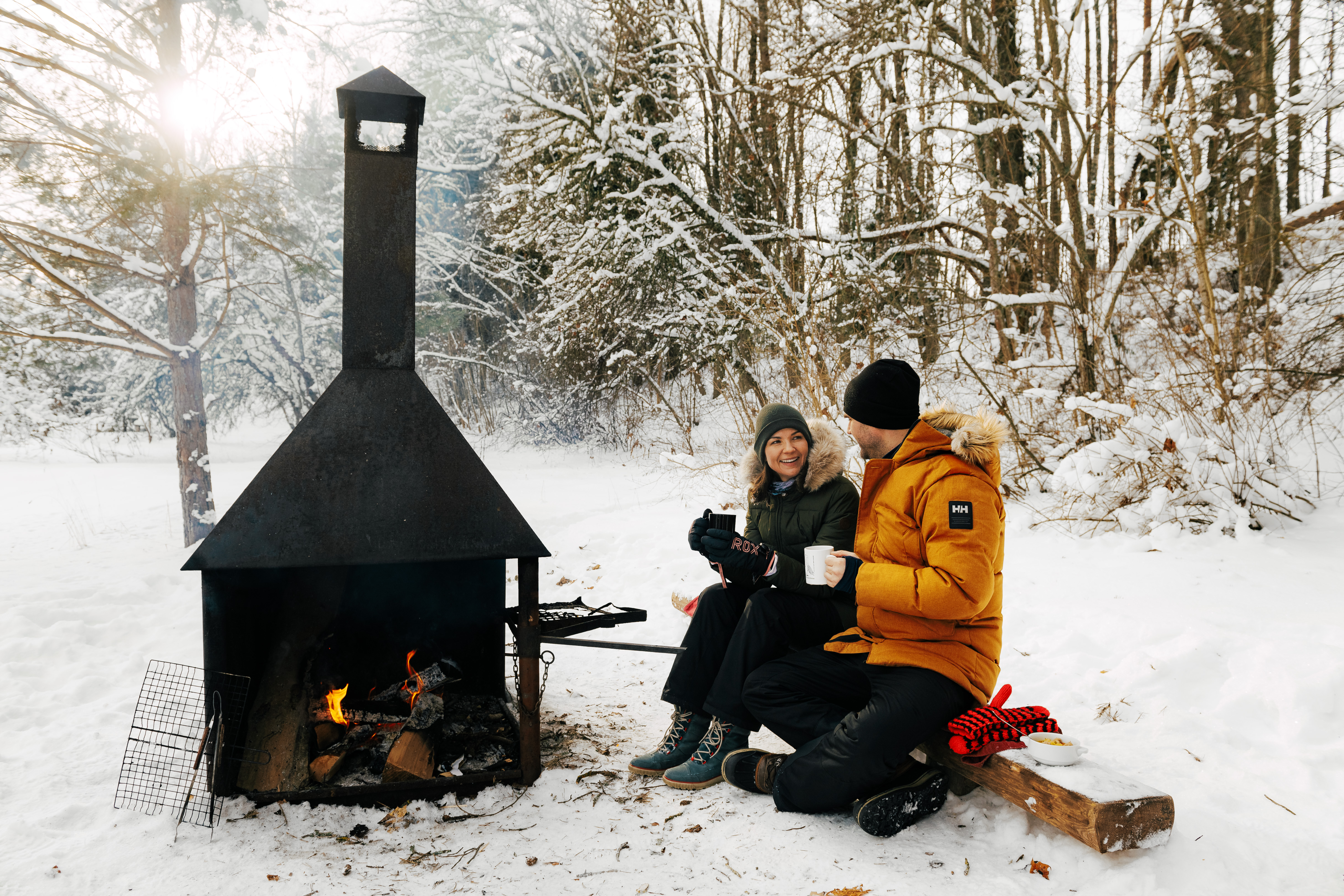
Source: Rauno Liivand, Brand Estonia
Weather and climate
The weather in Estonia varies by season. The average summer temperature is fairly mild, varying between 16 and 20 degrees Celsius but can reach up to 30 degrees Celsius. Summer in Estonia tends to be very light, with 19 hours of daylight known locally as “white nights”. Spring and autumn see frequent light rain, so bring an umbrella and a waterproof jacket. In winter, the rain turns to snow, and the temperature drops below zero, so wrap up warm.

Source: Giulio Gröbert
Public holidays
Most shops, banks, and restaurants are open on public holidays — the 25th of December and 1st of January are the only days when most businesses are closed.
1st of January: New Year’s Day. Usually a very quiet day after celebrations.
24th of February: Independence Day. Celebrated with the military parade in the morning and festive family dinners in the evening.
Good Friday and Easter Sunday: Commonly known as lihavõtted or munadepühad in Estonian. Celebrated by springtime (dairy-based) treats, eggs, and folk festivities.
1st of May: May Day. The night before (Walpurgis Night) is celebrated with parties and folk traditions.
23rd of June: Victory Day celebrates a decisive battle in 1919 during the War of Independence.
24th of June: Midsummer Day. Commonly known as Jaanipäev. Celebrated with bonfires, concerts, and festivities taking place all around Estonia. One of the most important dates in the year for Estonians.
20th of August: Day of Restoration of Independence. Celebrated with national festivities, events, and family gatherings.
24th December – 26th of December: Christmas.
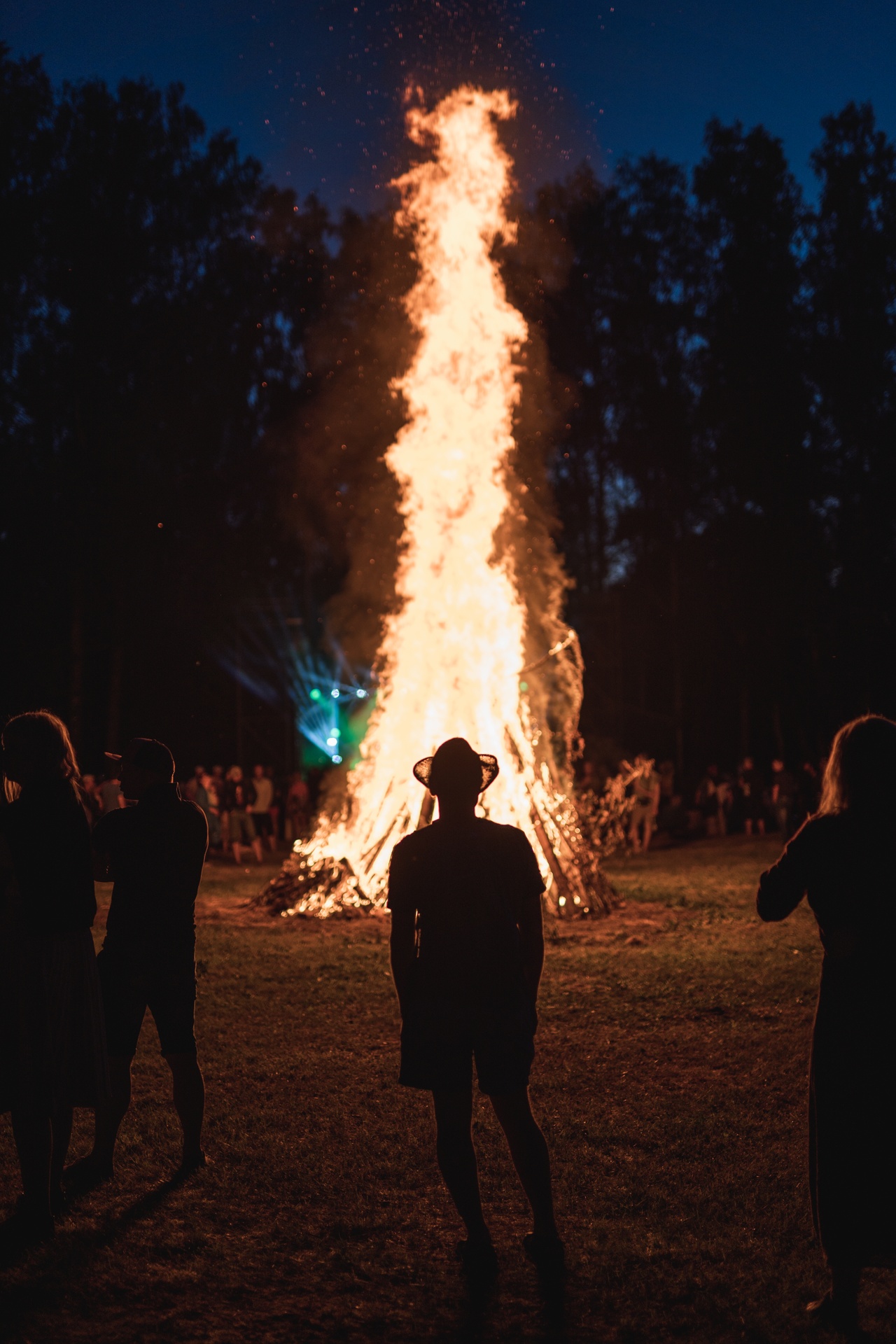
Source: Priidu Saart
Safety
Estonia is a safe country with low crime rates. As in any country, you should look after your belongings and be aware of pickpocketing in busy urban areas. Due to poor visibility on high-traffic roads across the country, pedestrians are required by law to wear reflectors. Reflectors come in many attractive designs and can be purchased for a few euros in supermarkets and souvenir shops.
Tap water is safe to drink all across the country.

Source: Virgo Haan
Medical information
It is advisable to purchase travel insurance before a trip. Residents of Europe should check if their healthcare provider has a contract with the Estonian Health Insurance Fund. If so, you should obtain a free European Health Insurance Card (EHIC) before leaving. The EHIC isn’t a substitute for medical and travel insurance, but it entitles EU citizens to state-provided medical treatment on the same terms as Estonian nationals.
Visas
Estonia is an EU member country and part of the Schengen area. Please consult the Estonian Ministry of Foreign Affairs website for a list of countries requiring visas and application details. If you need a Schengen area visa, you can apply at an Estonian embassy in your country of origin. If there isn’t an Estonian embassy or consulate in your country, you can apply at the office of an EU member state representing Estonia for issuing visas.
People with disabilities
Major commercial carriers and hotels in Estonia have all been equipped with accessible entries and facilities. However, it’s always good to double-check before arriving.
Elron trains in Estonia have priority seating (marked with international symbols) for people with limited mobility and there is a wheelchair spot in the C-area that is equipped with a safety belt and an SOS button. Passengers in wheelchairs can board the train using the “C-area” doors, including a fully automated adjustable step and a button to open the door that is designed for use by a passenger in a wheelchair.
Travel options in Estonia for people with disabilities
Estonia offers many recreation and leisure options for people with disabilities. Planning ahead guarantees a great travel experience.
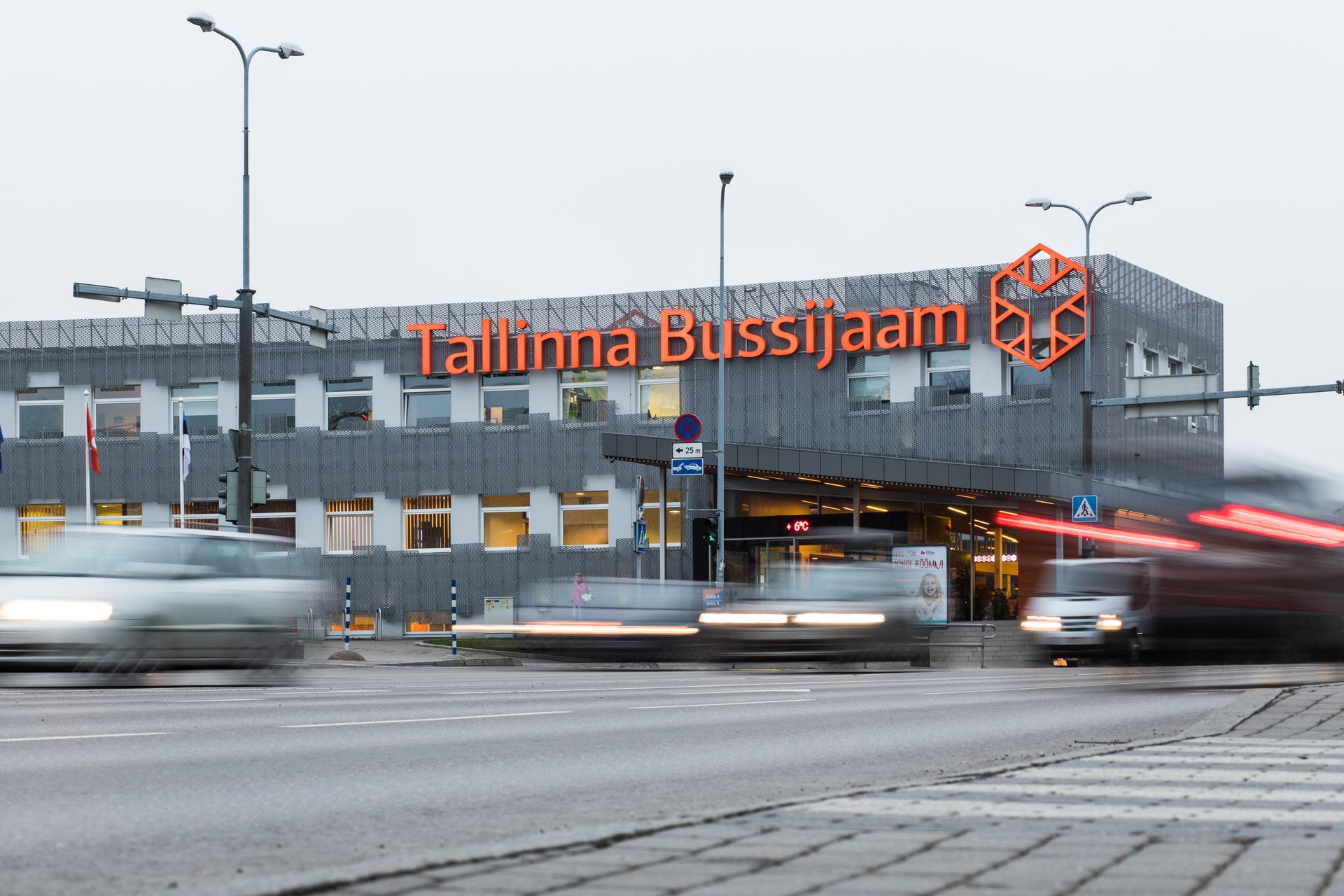
Source: Renee Altrov
Good to know
Keep this information in mind as you prepare for your trip to Estonia.
Official language
Estonian, with English widely spoken
Currency
Euro €
Emergency number
112 (all emergencies)
Time zone
GMT +2 in winter and GMT +3 in summer
European Union membership
since 2004
Country dialing code
00372 or +372
Plug socket
Type F, with voltage of 230V and frequency of 50Hz
Traveling with a pet
Your pet must have a passport and a chip. Must be healthy and vaccinated. Contact the Estonian Agriculture and Food Board for details.
Tipping in Estonia
10% is the typical gratuity for exceptional service
What are your interests?
Whether you’re here for a weekend or several weeks, you’ll always have enough time for remarkable experiences.
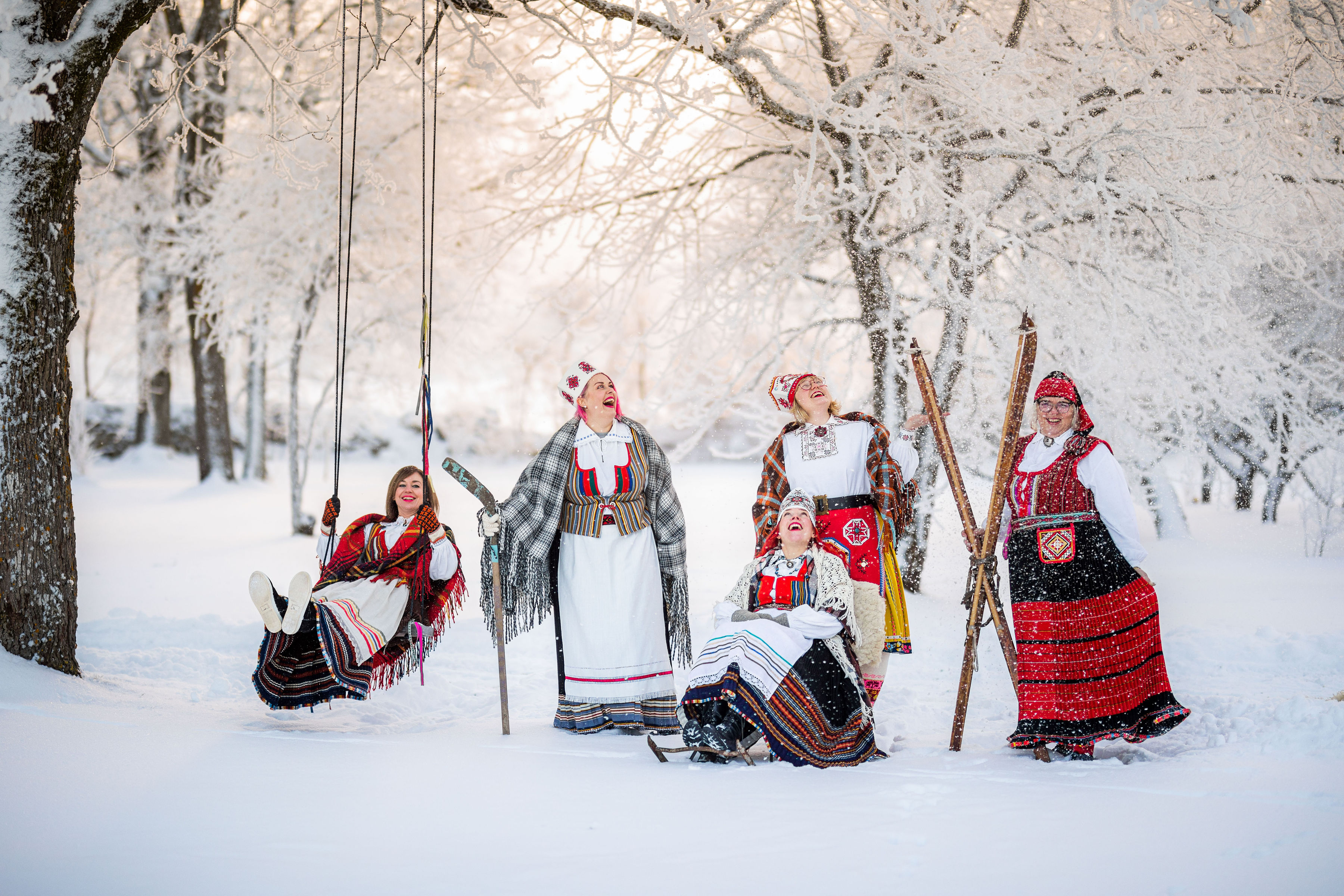
Estonian culture — discover something unexpected

Estonian nature — slow down and wonder at a wilder life
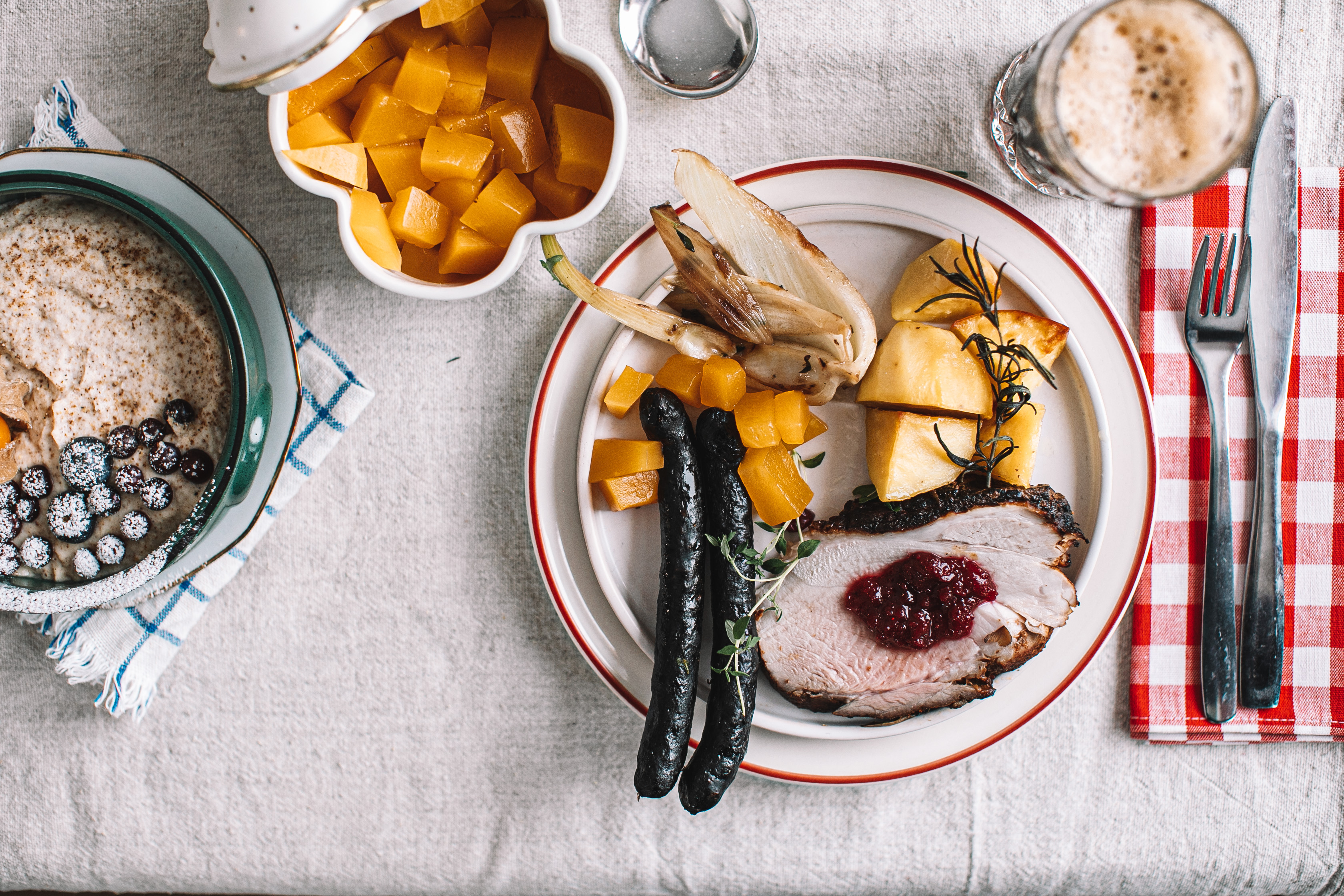
Estonian food — savor the stories along with the flavors

Tips for sustainable travel in Estonia
Every season has something special — and an extra season gives you extra time to see it all.
Expert tip: Exploring off-season will help off-load the pressure.
Get inspired

Best hiking trails for children
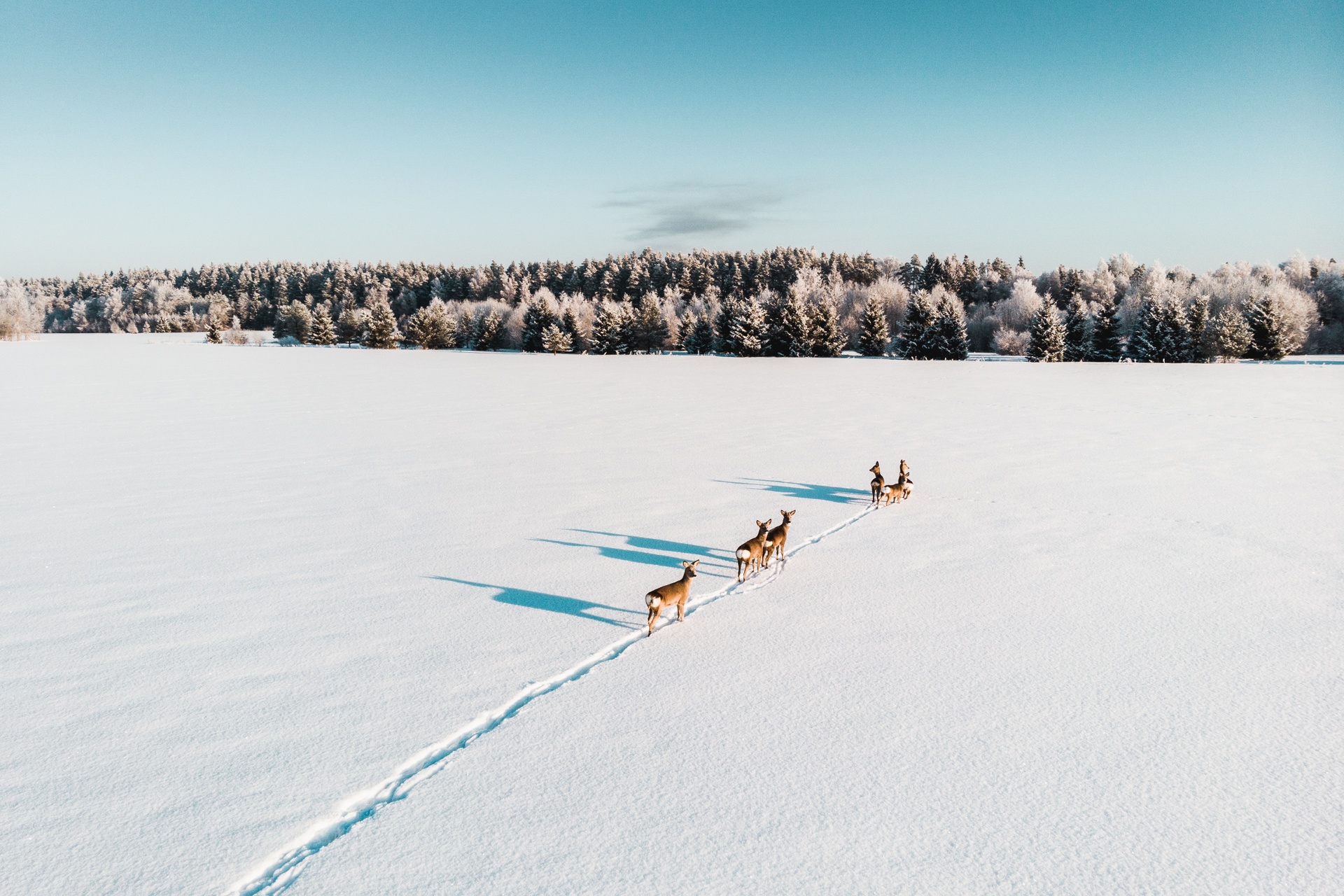
A walk on Estonia’s wild side
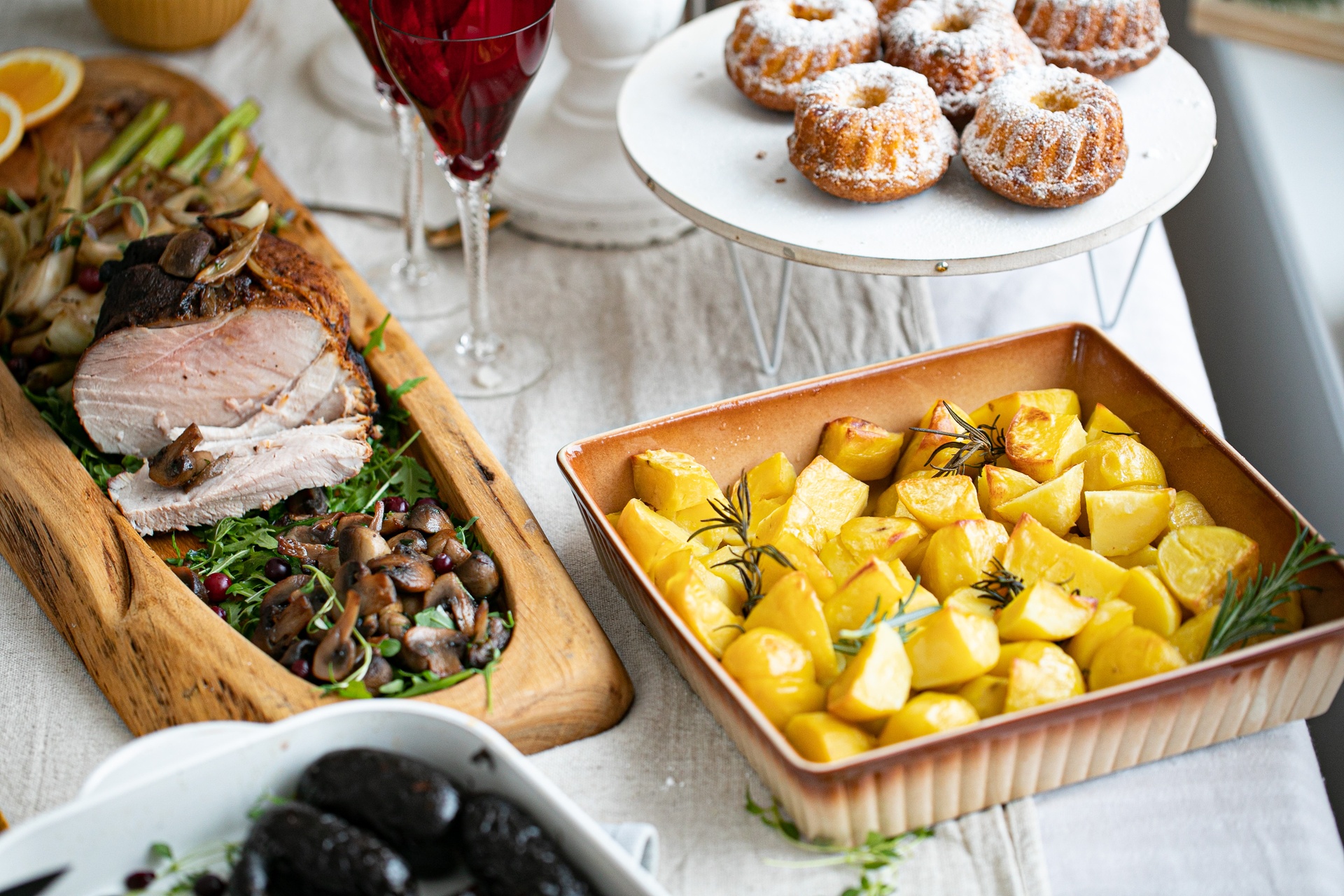
An introduction to Estonian cuisine
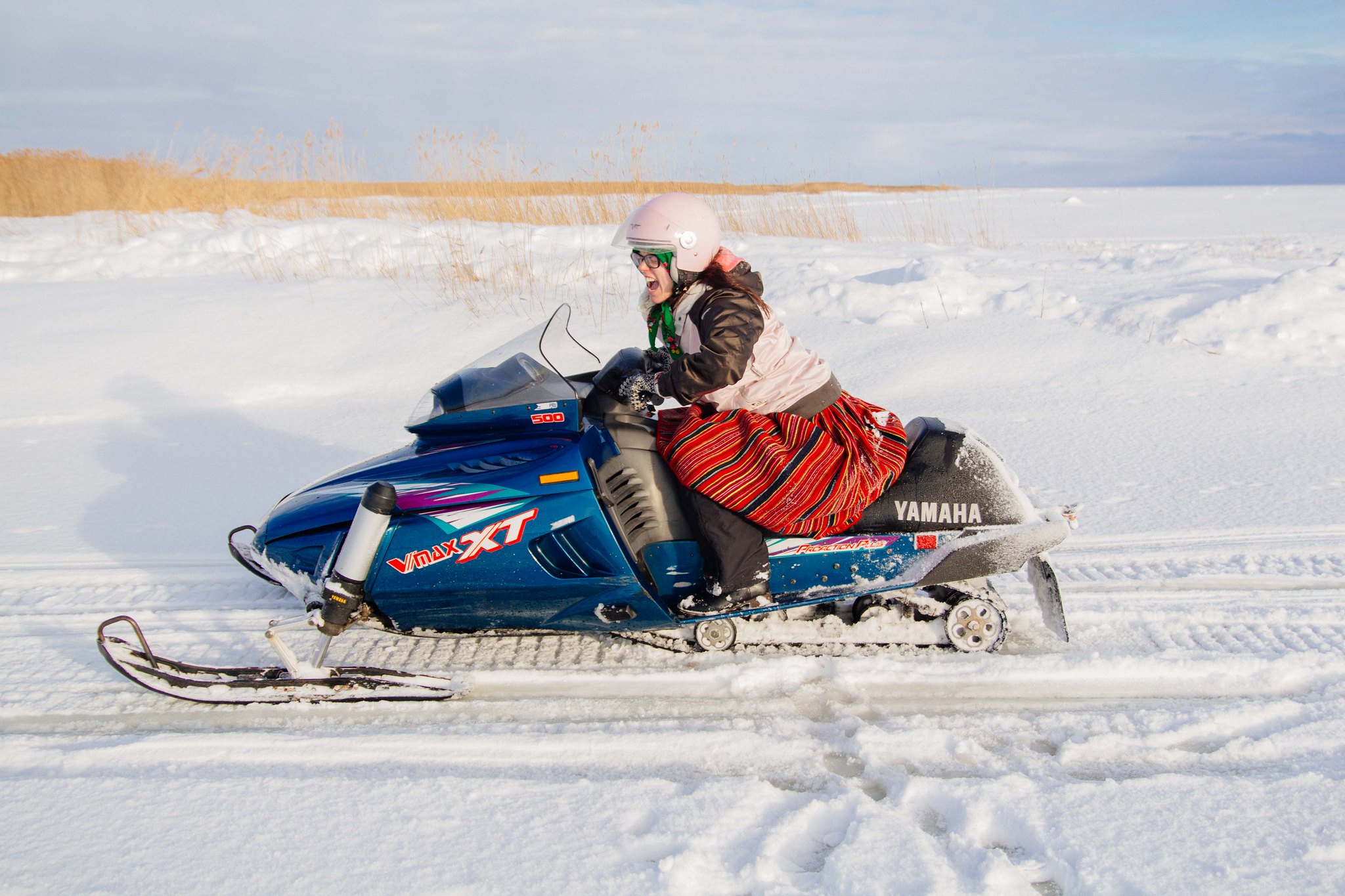
Thrilling outdoor winter activities in Estonia
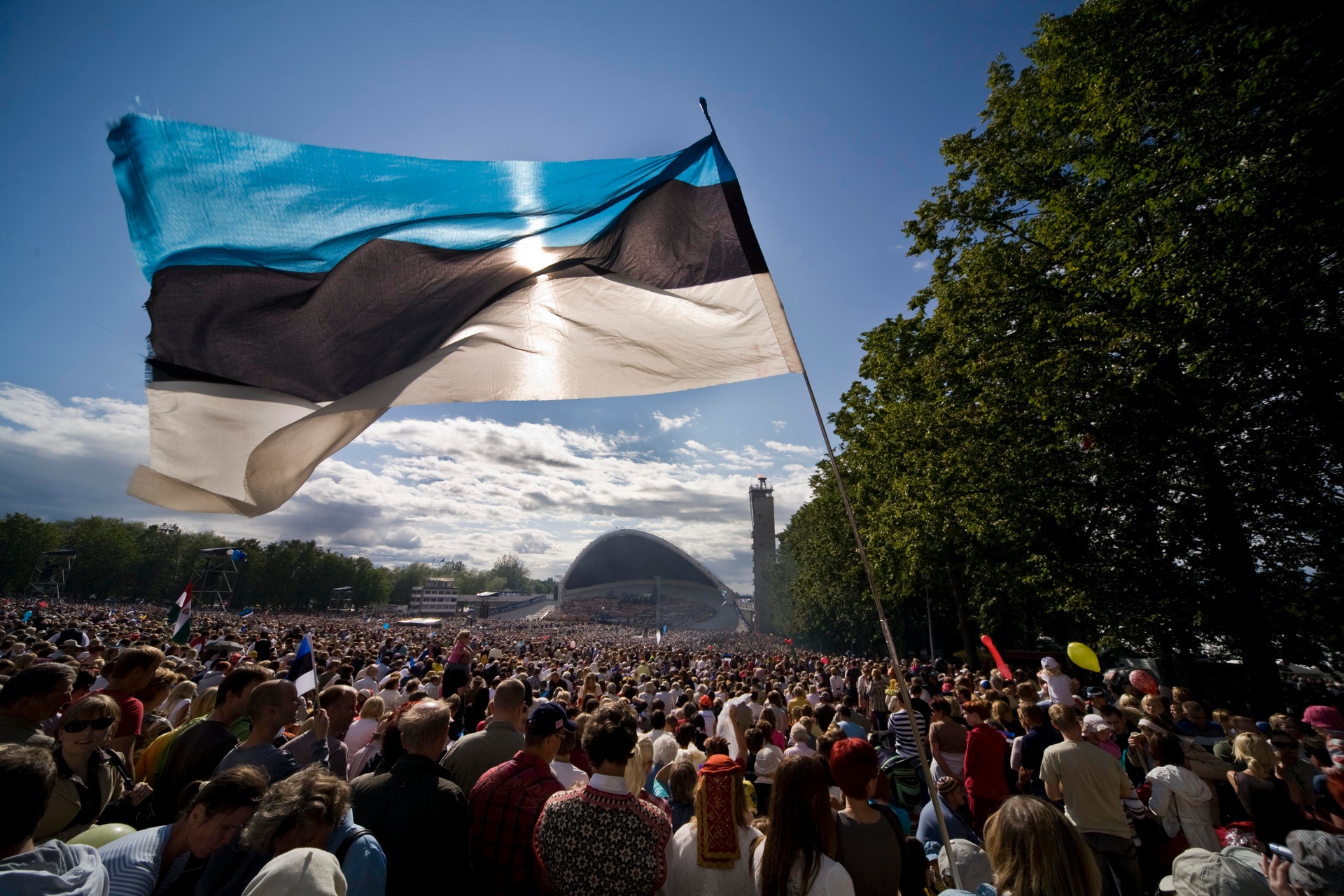
Experience Estonia’s Song & Dance Celebration
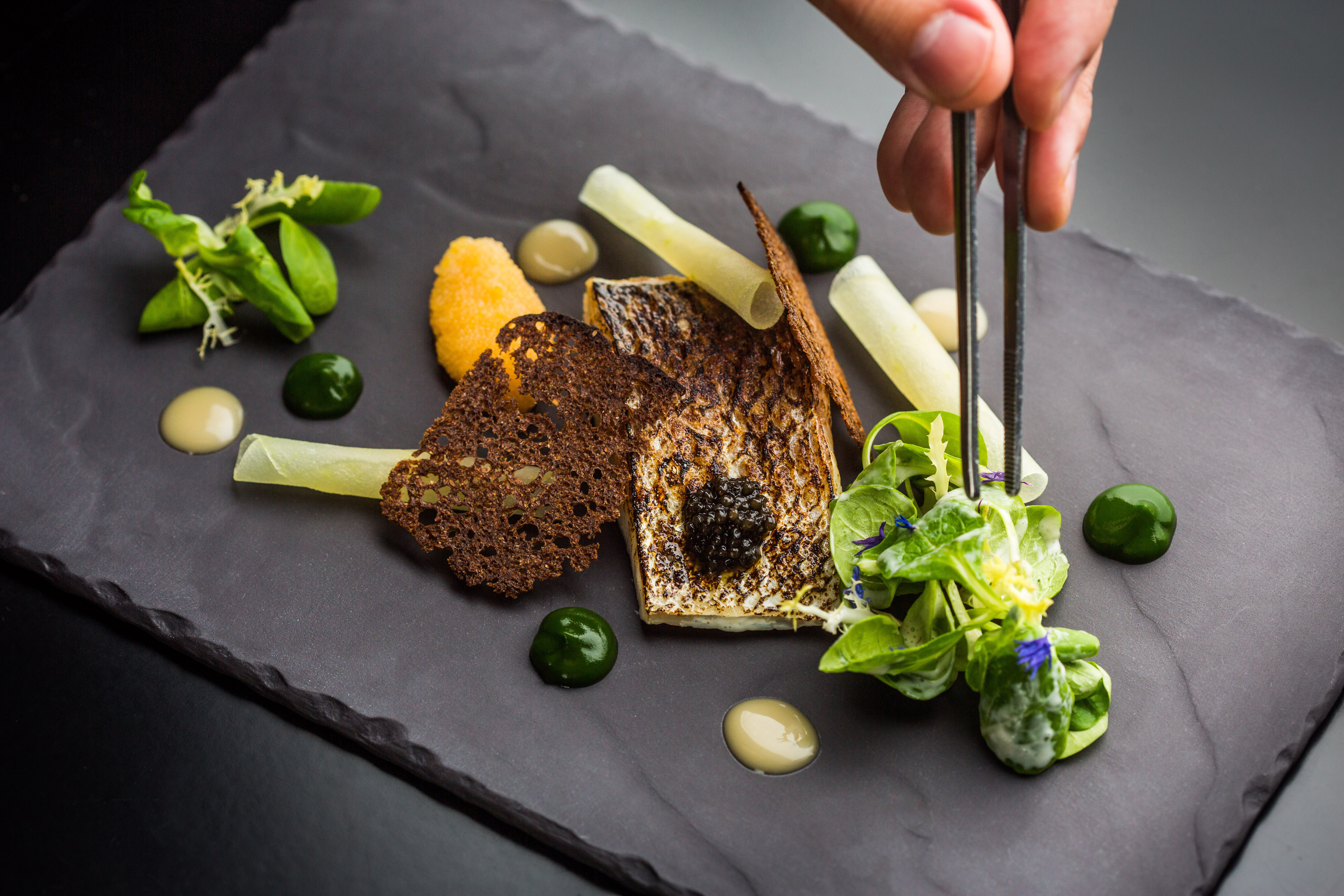
The best restaurants in Estonia according to the MICHELIN Guide

A complete guide to cycling in Estonia
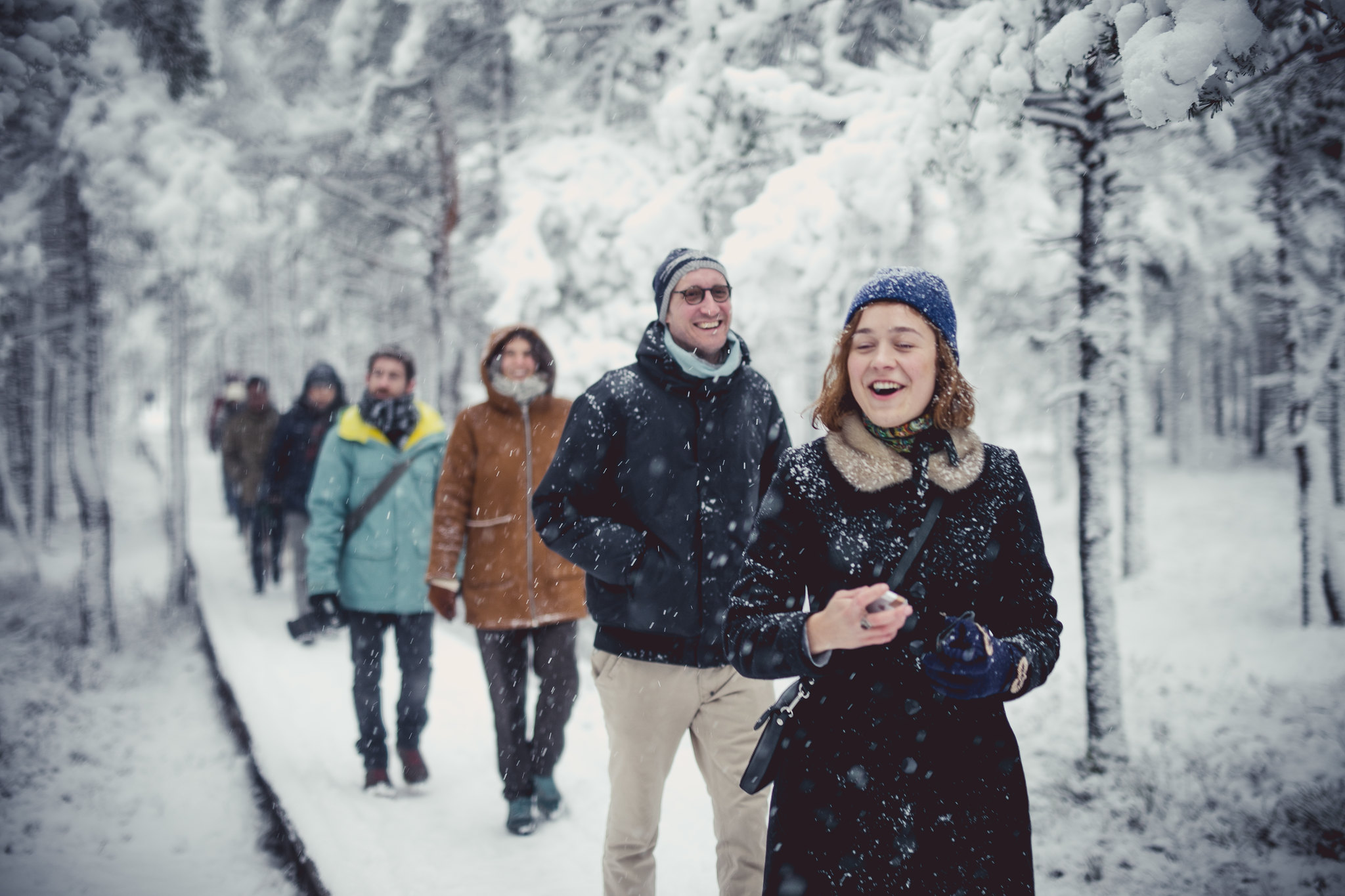
Breathtaking winter hiking trails
